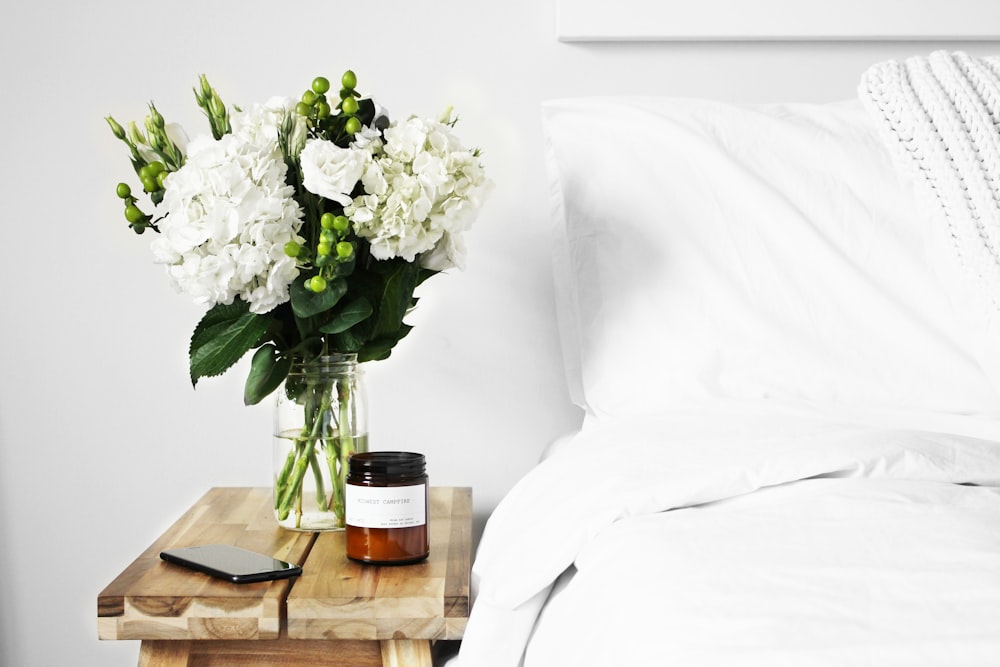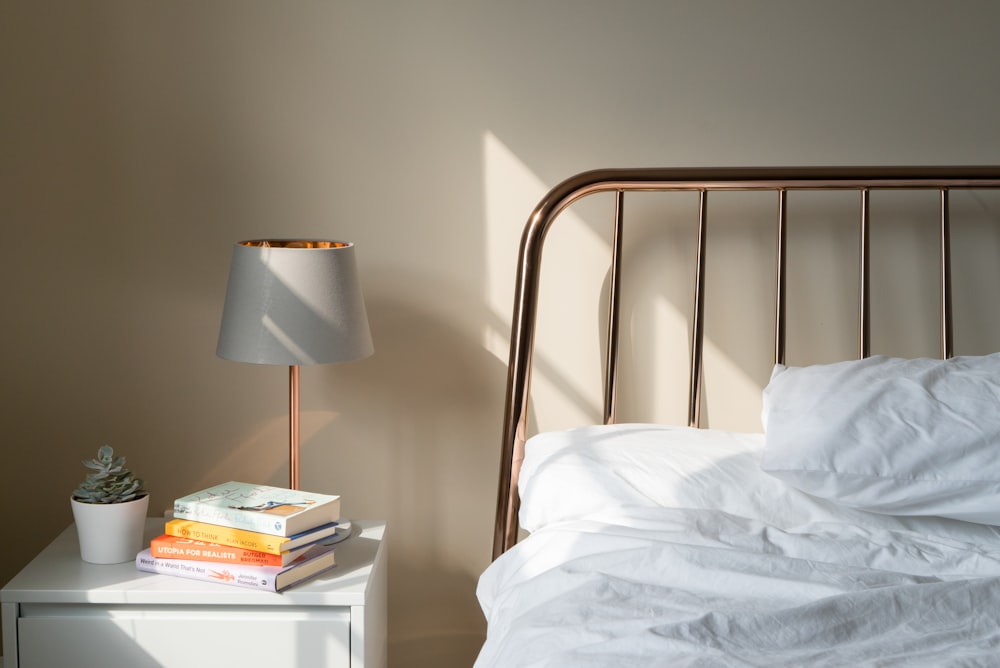
Holistic Interior Design Creating Harmony in Spaces
Embracing Holistic Interior Design
The Essence of Harmony
In the realm of interior design, the concept of harmony extends beyond mere aesthetics. Holistic interior design focuses on creating spaces that promote balance and wellbeing, integrating the physical, emotional, and spiritual aspects of human experience. By harmonizing elements such as color, texture, light, and energy flow, holistic design seeks to nurture environments that support the holistic wellness of occupants.
Mindful Space Planning
Central to holistic interior design is the practice of mindful space planning. Rather than focusing solely on maximizing square footage or adhering to rigid floor plans, holistic designers prioritize the creation of spaces that align with the needs and lifestyle of the occupants. This approach involves careful consideration of traffic flow, functional layout, and ergonomic design, ensuring that every element contributes to the overall harmony and functionality of the space.
Natural Elements and Biophilic Design
Incorporating natural elements into interior spaces is a cornerstone of holistic design philosophy. Biophilic design principles emphasize the connection between humans and nature, promoting the use of natural materials, indoor plants, and natural light to create spaces that evoke a sense of tranquility and vitality. By bringing the outdoors in, holistic interior design seeks to foster a deeper connection with the natural world, enhancing overall wellbeing and comfort.
Color Psychology and Emotional Wellbeing
Color plays a significant role in shaping the mood and atmosphere of interior spaces. In holistic interior design, colors are selected not only for their aesthetic appeal but also for their psychological impact on occupants. Warm tones such as earthy browns and soft greens are often used to create a sense of grounding and stability, while cool hues like blues and purples can evoke feelings of calmness and serenity. By understanding the principles of color psychology, holistic designers can create spaces that promote emotional wellbeing and balance.
Energetic Flow and Feng Shui
In holistic interior design, attention is paid to the energetic flow or chi within a space. Drawing inspiration from the ancient Chinese practice of feng shui, holistic designers seek to optimize the flow of energy through careful placement of furniture, decor, and architectural features. By aligning the space with the principles of feng shui, holistic designers aim to create environments that feel harmonious and balanced, promoting positive energy and wellbeing for occupants.
Sustainable Practices and Environmental Wellness
Holistic interior design also encompasses principles of sustainability and environmental wellness. By choosing eco-friendly materials, minimizing waste, and incorporating energy-efficient technologies, holistic designers strive to reduce the environmental impact of their projects while creating healthy and sustainable living environments. This commitment to sustainability not only benefits the planet but also contributes to the overall wellbeing of occupants by creating spaces that are free from harmful toxins and pollutants.
Holistic Wellness in Every Detail
From the layout of furniture to the selection of decor accents, every detail in a holistic interior design scheme is thoughtfully considered to promote holistic wellness. Whether it’s creating cozy nooks for relaxation, incorporating elements of nature into the design, or optimizing the flow of energy throughout the space, holistic designers approach every aspect of their projects with a focus on creating harmony and balance. By embracing holistic interior design principles, homeowners can transform their spaces into sanctuaries that nurture the mind, body, and soul. Read more about holistic interior design



